Identify Process Variables in P&ID as they apply to the level controller shown in this P&ID (LIC 135), controlling the level of liquid in the horizontal receiver vessel:
- Process Variable (PV)
- Setpoint (SP)
- Manipulated Variable (MV)
- Process alarm
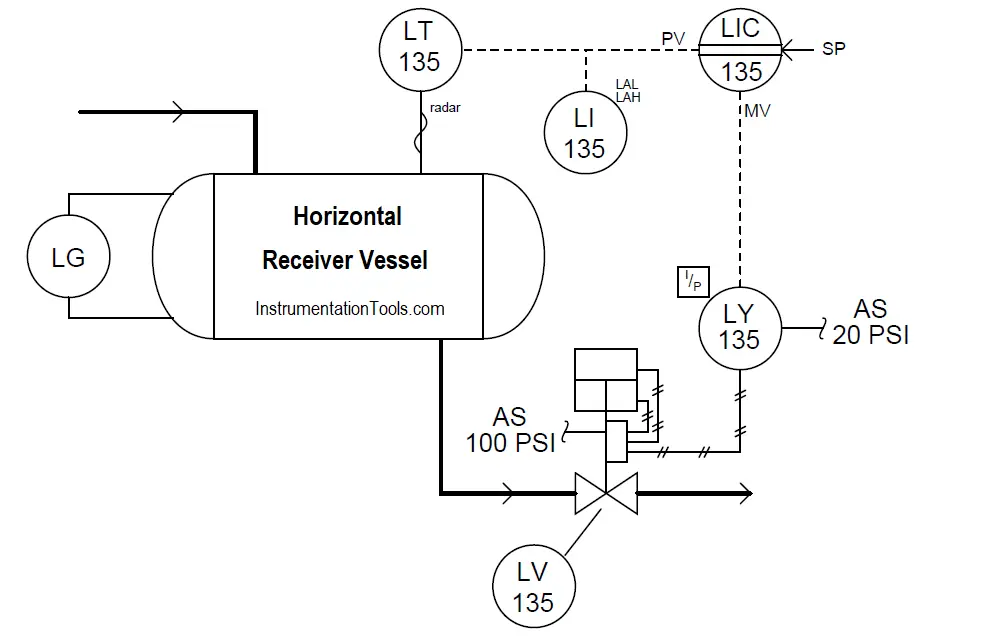
Solution:
Setpoint (SP): The point at which the controller tries to maintain the liquid level inside the vessel
Manipulated Variable (MV): The controller’s output signal, which tells the control valve how far to open or close, thus influencing the amount of liquid exiting the vessel at the bottom.
Process alarm: level indicator (LI) does double-duty as a high- and low-alarm unit in addition to being an indicator for the operators. We know this from the “LAL” and “LAH” labels near the bubble.
Incidentally, the “LG” instrument on the left-hand side of the receiver vessel is a level gauge, also known as a sightglass. It is used for manual inspection of vessel level.
Share Your Answers and Explanations with us.
Credits: Tony R. Kuphaldt
Read Next:
- What is Redundancy?
- Process Control Quiz
- On/off Control Principle
- Instrumentation diagrams
- PID Controller Response
- Instrumentation Technician MCQ
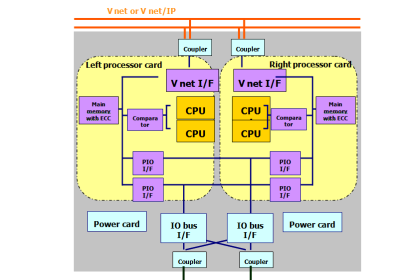
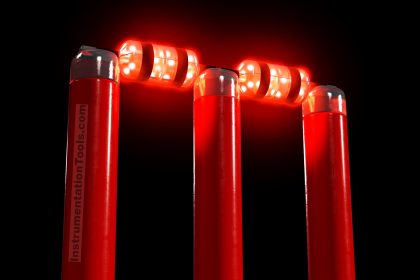

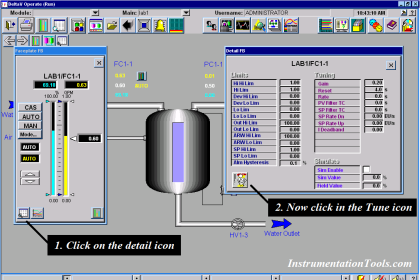
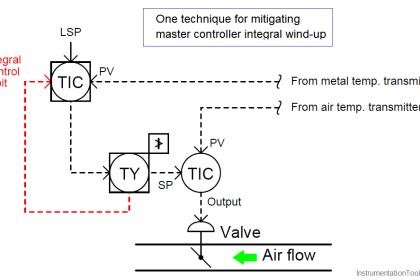
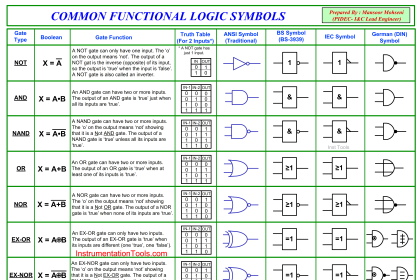
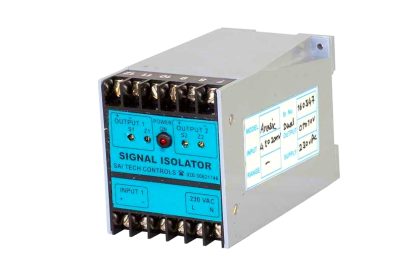
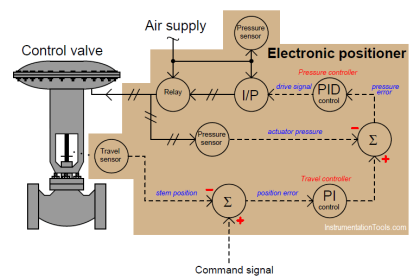
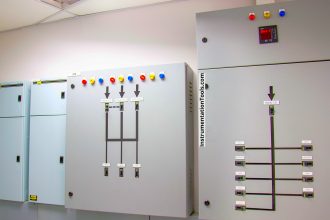
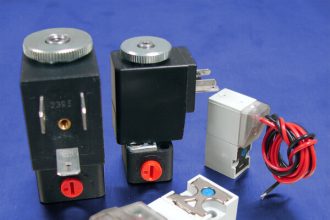




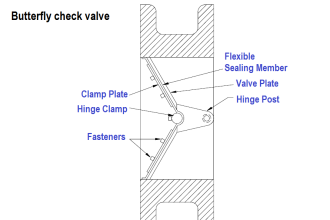
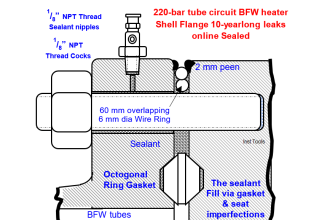

Hii
It is a feedback loop ? because it maintains the level of horizontal receiver vessel?